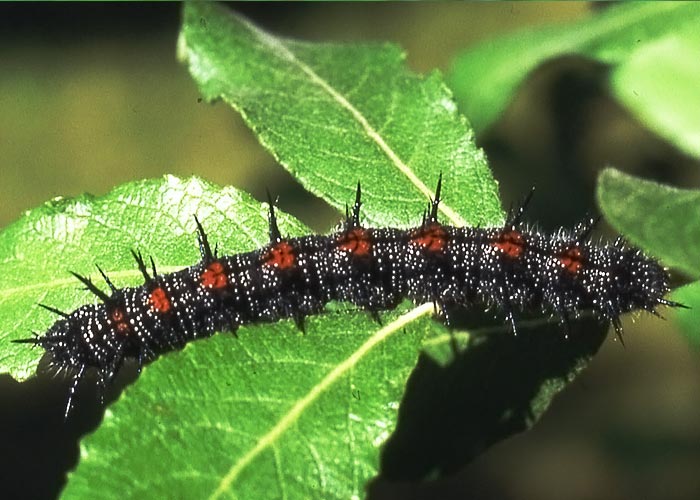Howdy, BugFans,
It’s cold, and the bug lady keeps muttering under her breath about diapause/migration/curling-up-in-a-cozy pupal-case-and-letting-her-histoblasts-rearrange-things.
Most adult insects die by late fall, leaving the next generation behind in the form of eggs or pupa. Most insects are in their adult stage for only a few months or less, and many have a predictable flight period—a portion of the spring/summer/fall when we expect to see them.
[metaslider id=6514]
Butterflies that Overwinter
Mourning Cloaks and the Angle-wings, like the Question mark and the Commas, are butterflies that overwinter in their adult stages; these are the first butterflies we see when things start to warm up in spring, and their caterpillars get first crack at the spring veggies. They overwinter in cracks and crevices in rocks and trees. There, they certainly freeze, becoming butterfly-sicles, but their blood contains glycogens—antifreeze—that allow their tissues to withstand the winter’s cycles of freezing and thawing.
They live longer than most butterflies—10 months or more. Hibernators typically get their signals from day length, not temperature. It’s better to get all tucked in and then miss a few warm fall days than it is to get caught by an early killing frost. Question marks are very well camouflaged when they sit with their wings closed. The commas and question marks have two broods each summer, and the markings of the summer and winter forms are different.
[metaslider id=6518]
The prickly, black caterpillars of the Mourning Cloak eat willow, cottonwood, elm, birch and hackberry. Question Mark larvae eat hackberry, hops, nettle and elm and commas chow down on nettles, elm and currants. They are all members of the Brush-footed butterfly group.
The BugLady
